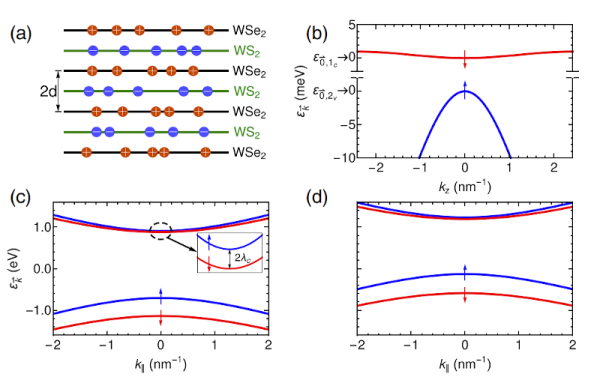Transition-metal dichalcogenides (TMDs) are the subject of an emerging field in semiconductor research, with these materials offering a range of useful properties that include not only semiconductor applications, but also in superconducting material research and in supercapacitors. A recent number of papers have been published on these latter two applications, with [Rui] et al. demonstrating superconductivity in (InSe2)xNbSe2. The superconducting transition occurred at 11.6 K with ambient pressure.
Two review papers on transition metal sulfide TMDs as supercapacitor electrodes were also recently published by [Mohammad Shariq] et al. and [Can Zhang] et al. showing it to be a highly promising material owing to strong redox properties. As usual there are plenty of challenges to bring something like TMDs from the laboratory to a production line, but TMDs (really TMD monolayers) have already seen structures like field effect transistors (FETs) made with them, and used in sensing applications.
TMDs consist of a transition-metal (M, e.g. molybdenum, tungsten) and a chalcogen atom (X, e.g. sulfur) in a monolayer with two X atoms (yellow in the above image) encapsulating a single M atom (black). Much like with other monolayers like graphene, molybdenene and goldene, it is this configuration that gives rise to unexpected properties. In the case of TMDs, some have a direct band gap, making them very suitable for transistors and perhaps most interestingly also for directly growing 3D semiconductor structures.
Heading image: Crystal structure of a monolayer of transition metal dichalcogenide.(Credit: 3113Ian, Wikimedia)



















